- 631-796-2804
- [email protected]
- Mon - Fri: 6:30AM - 5PM
Skip the expensive asphalt replacement and get 15+ years from an oil and stone driveway that handles Long Island weather.
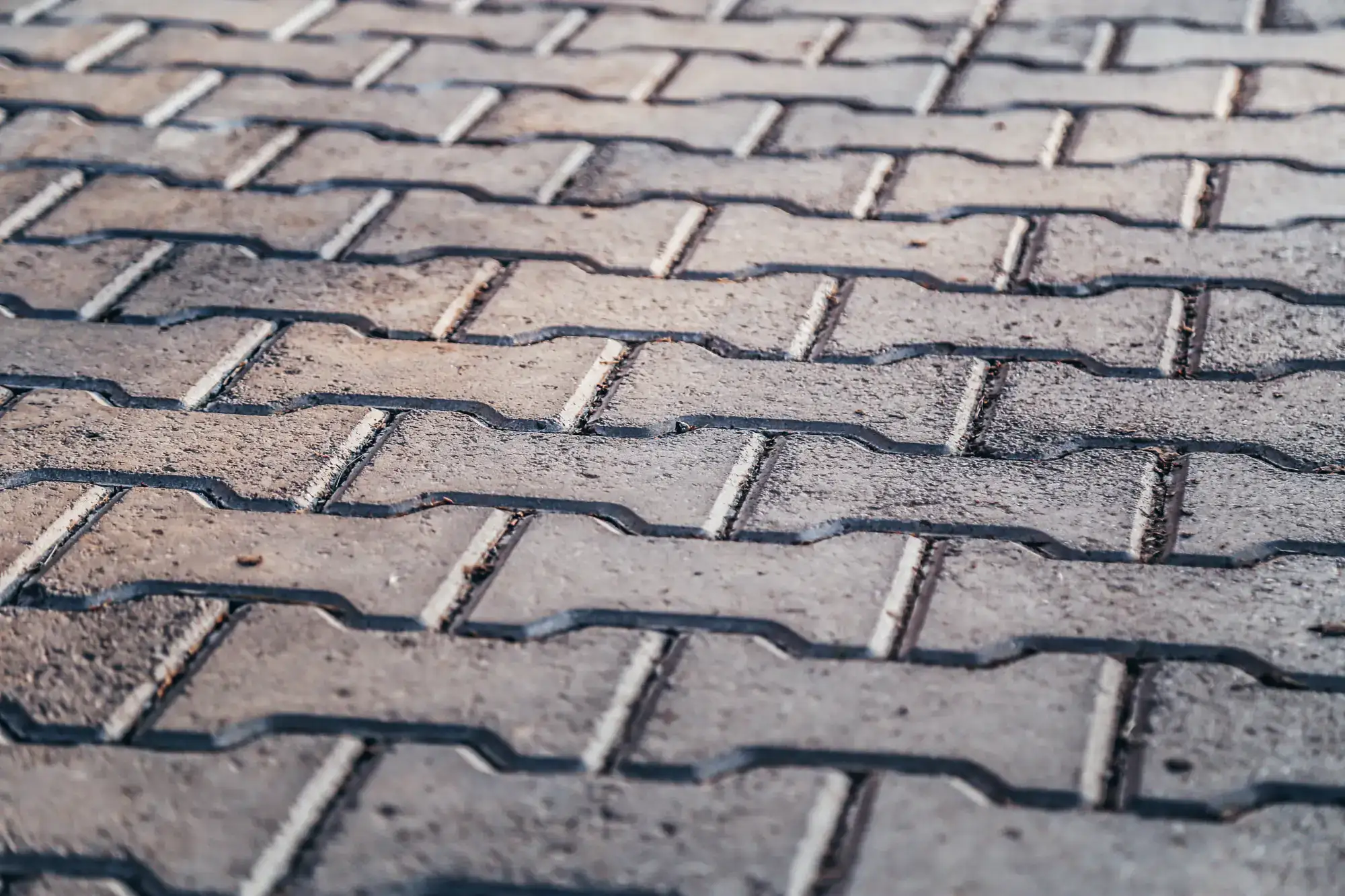
Hear from Our Customers
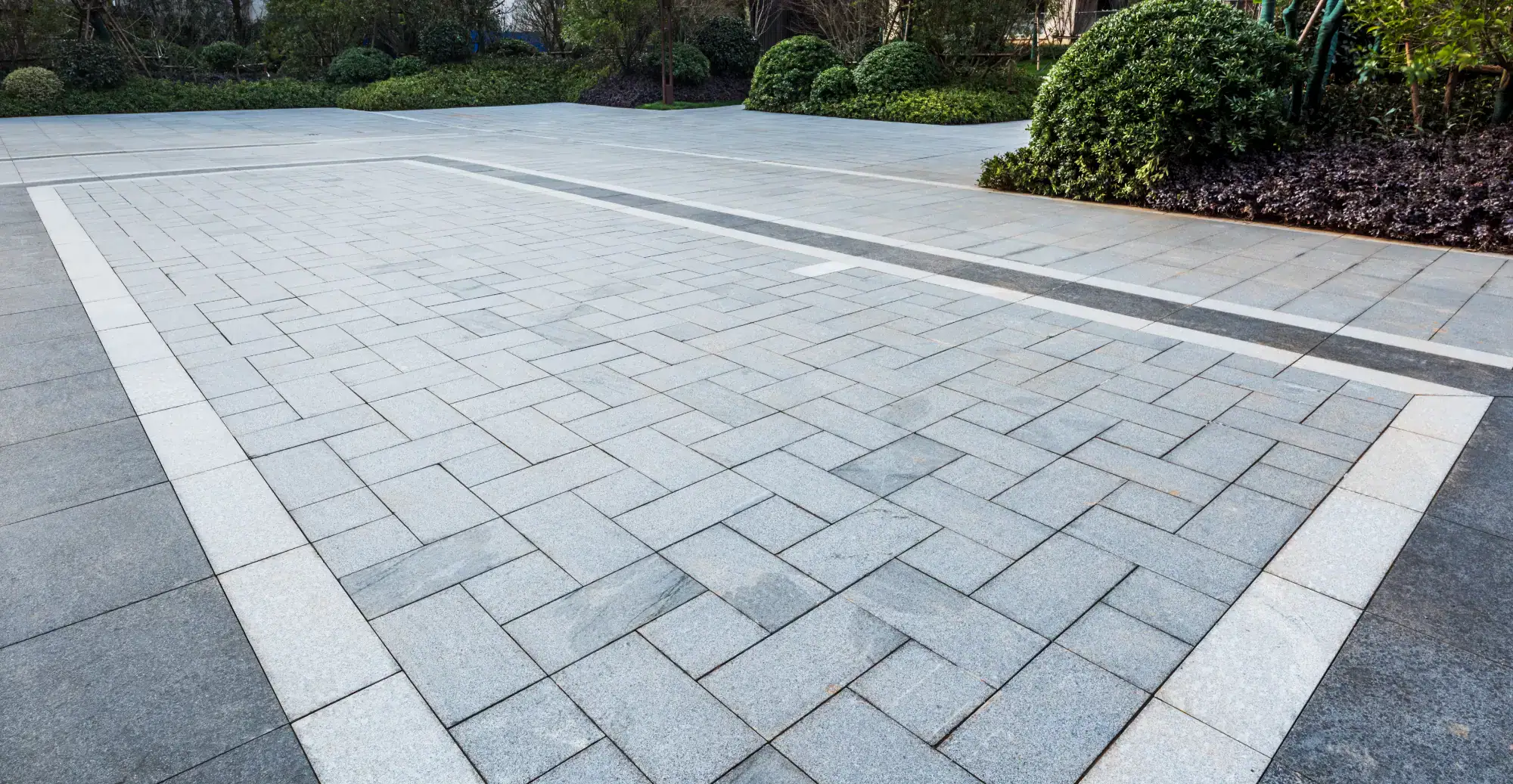
Your driveway problems end here. No more water pooling after storms because oil and stone driveways drain naturally through the aggregate surface. No more worrying about cracks spreading every winter because the flexible surface moves with freeze-thaw cycles instead of fighting them.
You’ll have a surface that looks good and works better than what you’re dealing with now. The stone aggregate gives you excellent traction when it’s wet or icy. And unlike asphalt that needs major repairs or replacement every 8-10 years, a properly installed oil and stone driveway gives you 15+ years of reliable service.
The best part? You’re looking at roughly half the cost of full asphalt replacement. Same professional installation, same attention to proper base preparation, but a smarter approach that works with Long Island’s climate instead of against it.
We’ve been handling driveway projects across Long Island for years, and we’ve seen every drainage issue, soil condition, and weather challenge this area throws at driveways. We’re not the company that shows up, lays some material, and disappears.
We’re the contractors who understand that Baycrest’s clay soil and seasonal weather patterns require specific approaches to base preparation and material selection. When we install your oil and stone driveway, we’re building it to handle everything from nor’easters to summer heat waves.
Our reputation in the community comes from doing the work right the first time and being straight with homeowners about what they can expect from their investment.
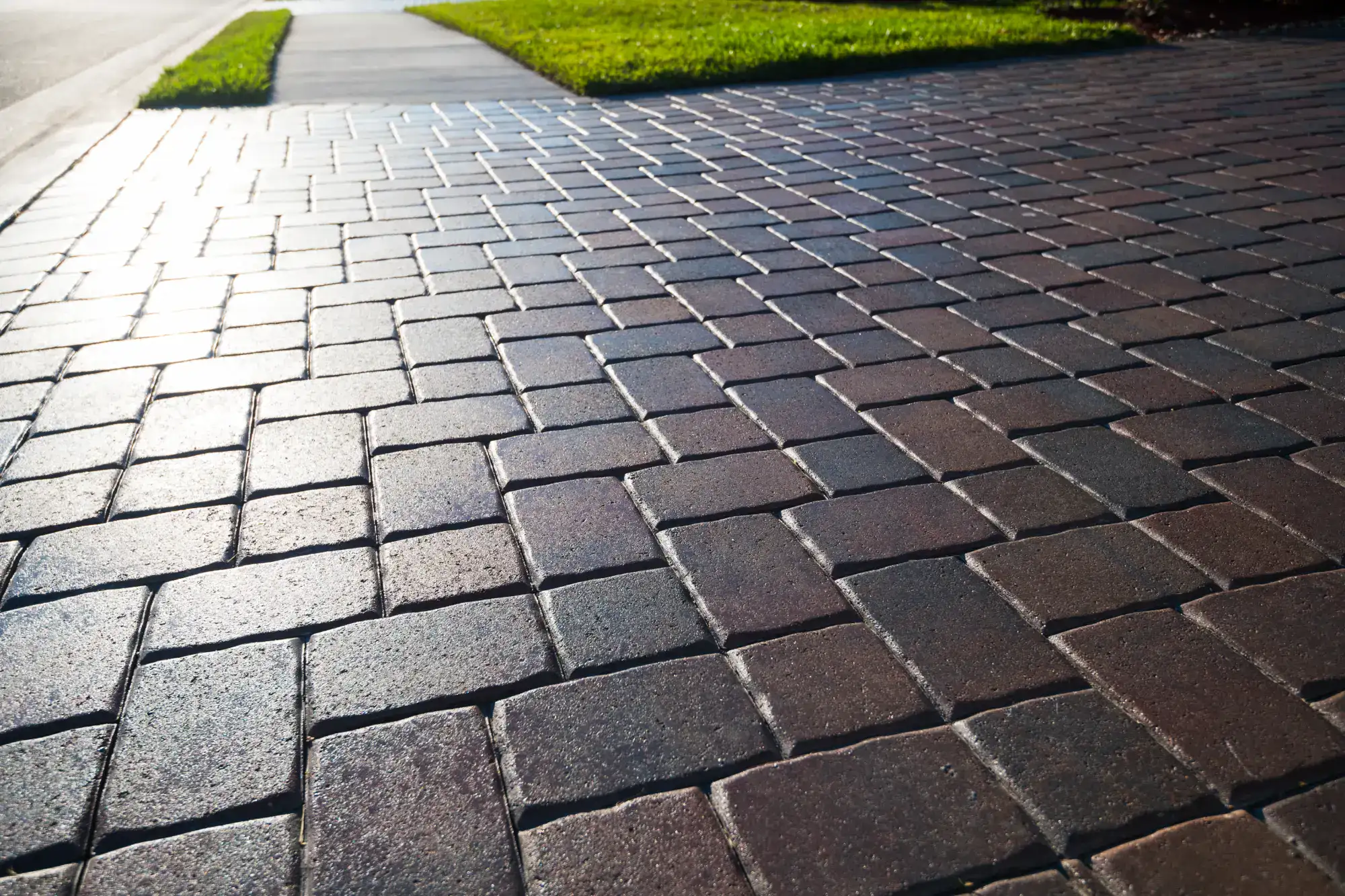
First, we prepare your base properly. This means grading for proper drainage and compacting the foundation material so your driveway won’t settle or develop low spots later. Most driveway problems start with poor base preparation, so we don’t cut corners here.
Next, we apply a layer of liquid asphalt at the right temperature and coverage rate for Long Island conditions. Then we immediately spread and roll the stone aggregate while the asphalt is still hot, ensuring proper adhesion and coverage.
The final step is cleanup and a thorough inspection. We remove excess stone, check for any thin spots, and make sure the edges are properly sealed. You can typically drive on your new driveway within 24 hours, though we recommend keeping it light for the first few days while everything fully sets.
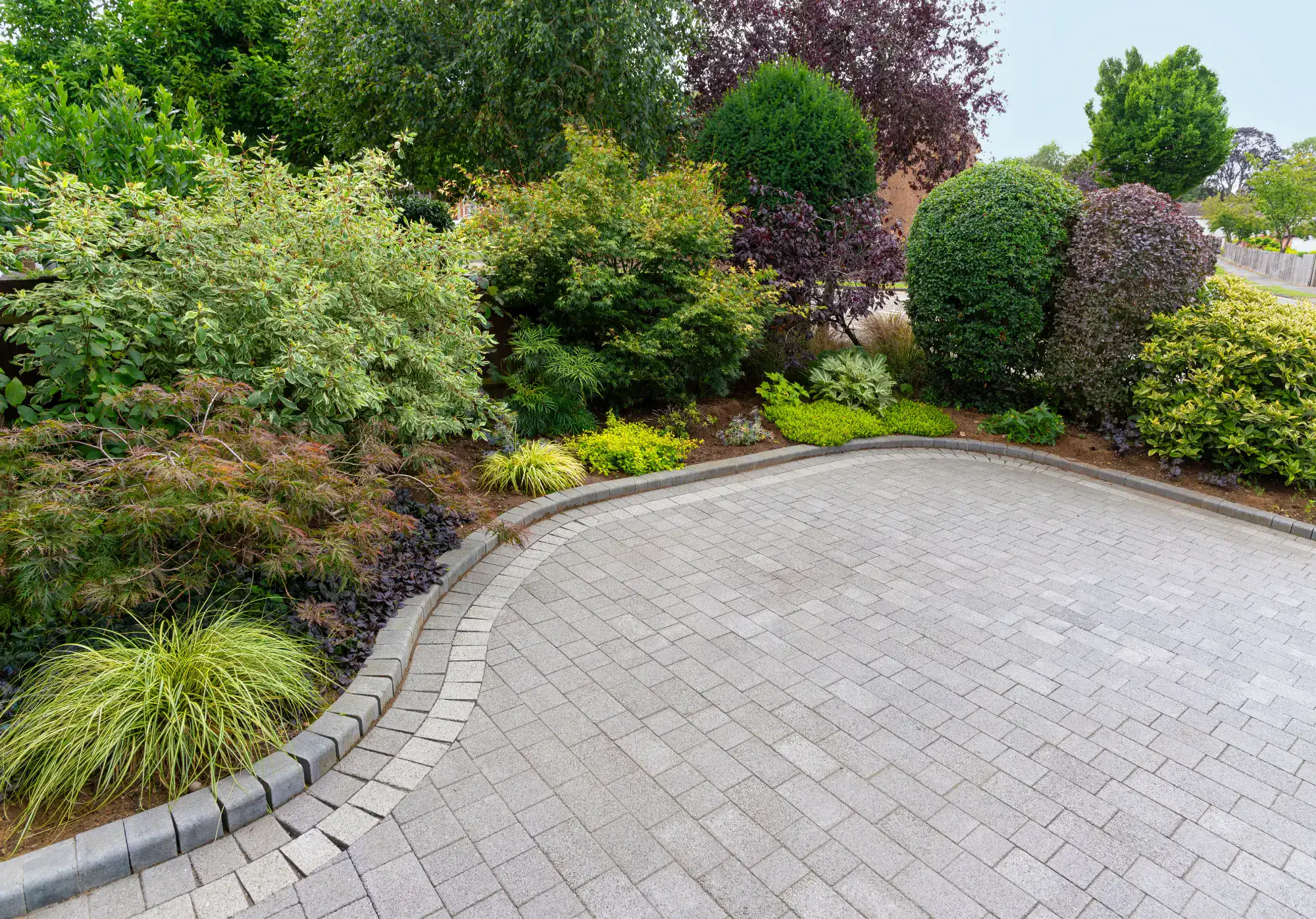
Ready to get started?
Every oil and stone driveway installation includes proper site preparation, which means we’re not just laying material over your existing problems. We address drainage issues, repair soft spots in the base, and ensure proper grading so water flows away from your foundation.
You get quality materials sourced from local suppliers who understand Long Island specifications. The liquid asphalt is formulated for our climate conditions, and we use aggregate stone that provides the right balance of durability and traction for residential driveways.
We also include edge sealing and cleanup as standard parts of the job. Your property will be cleaner when we leave than when we arrived, and you’ll have clear instructions for the first few weeks while your new driveway fully cures.
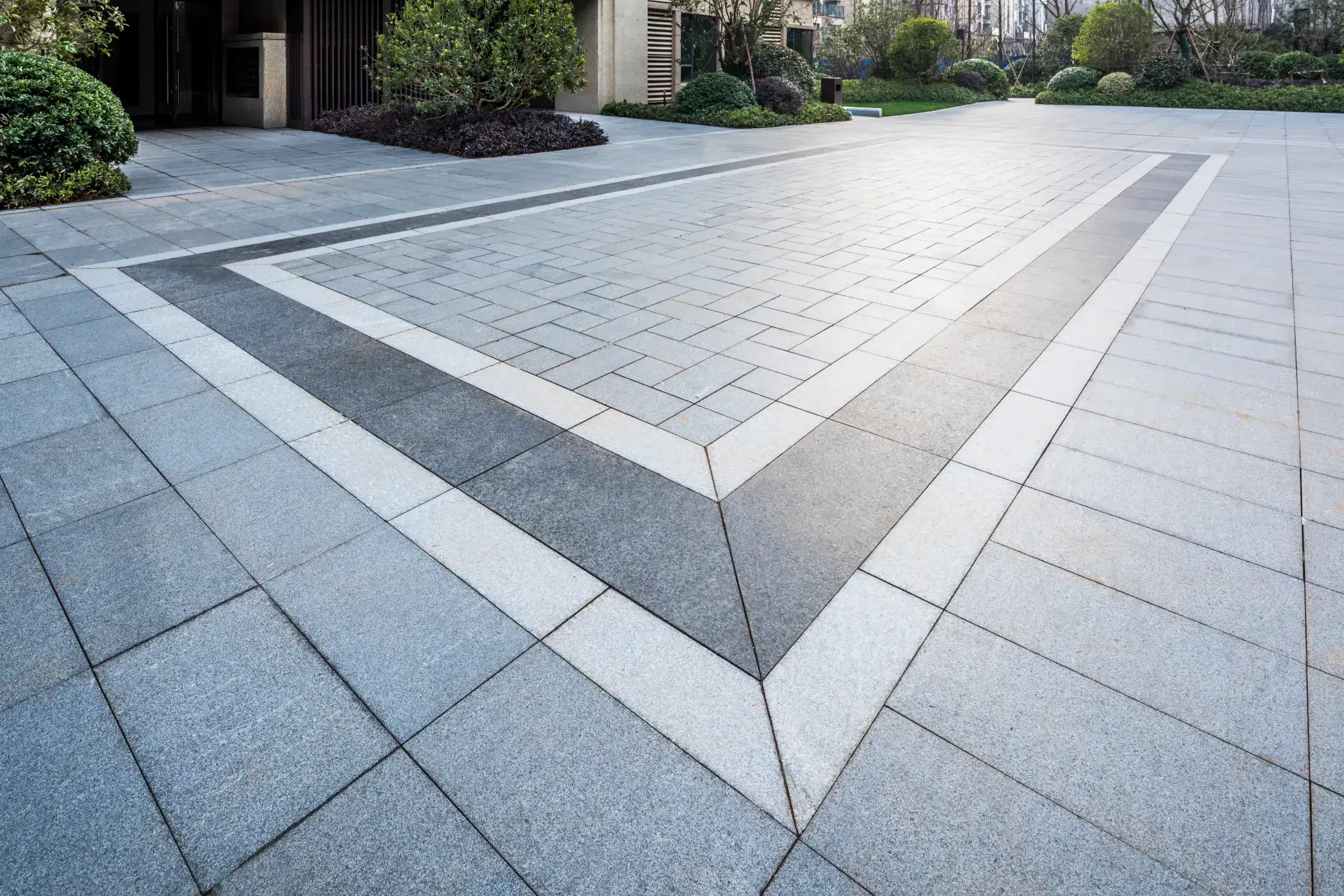

We are a family owned and operated paving contractor servicing customers on the East end of Long Island. We specialize in all phases of paving from start to finish.